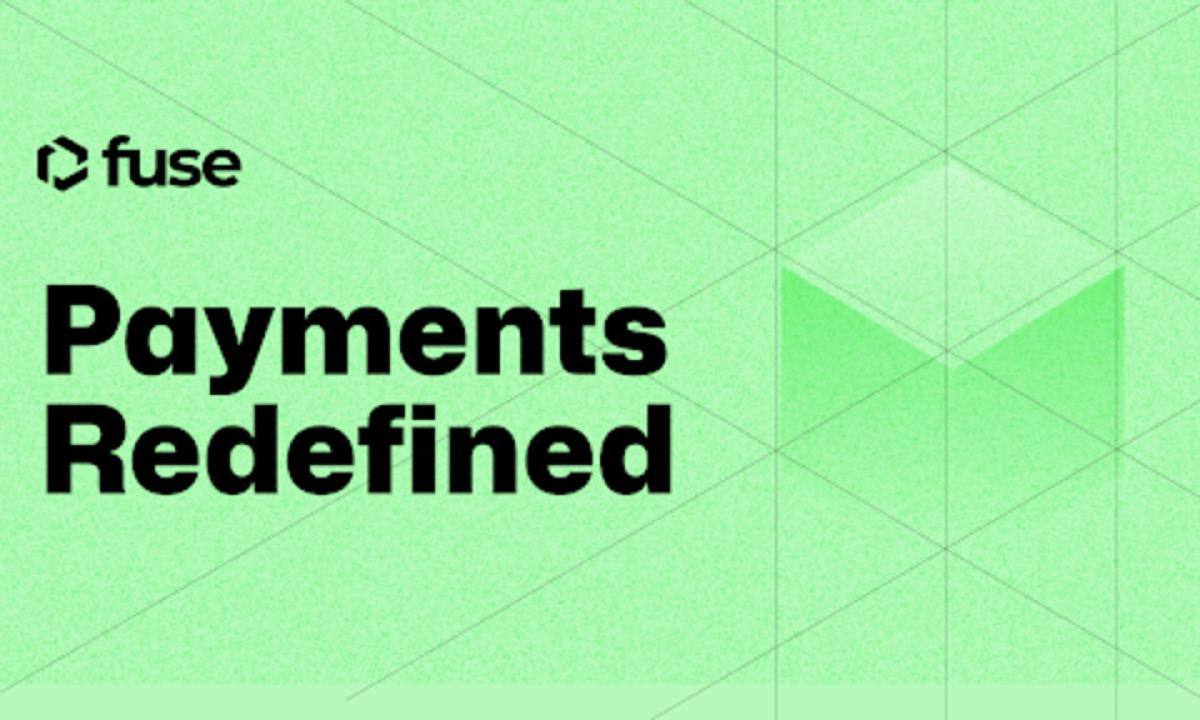Indian banks’ exposure to Adani Group is “manageable”, according to CreditSights. Or, it was at the end of 2022, at least.
The Reserve Bank of India has reportedly asked the country’s lenders to submit information about their exposure to Adani Group, according to the Economic Times. This comes after the market’s response to a report from short seller Hindenburg made the company’s shares look like, well, you know. (That’s even with Adani’s lengthy response, found here.)
A handful of Indian banks have now publicly disclosed how much credit they had extended to Adani’s various companies at the end of last year.
On Monday, CreditSights published a round-up of what we know so far. The firm was one of the first to publicly sound alarm bells on Adani Group’s debt levels — calling it “deeply overleveraged” in an Aug 22 note — so it’s worth a look.
The note on Indian banks’ exposure — from the firm’s financial analysts, not the corporate analysts who wrote the original sceptical piece — concludes it was “manageable” at the end of last year.
Adani said last month that 25 per cent of its long-term debt was from state-owned banks as of March 2022, and 8 per cent was with private-sector Indian banks. It may prove notable that the banks that had the most exposure are state-owned, given chairman Gautam Adani’s ties with Prime Minister Narendra Modi.
Those ties may have informed the CreditSights analysts’ prediction that the conglomerate won’t lose access to funding altogether, though it will almost certainly have to pay up for it.
If Adani is able to access funding as expected, its current loans may not be impaired and affect banks’ bottom lines, the analysts write. Nevertheless, India has regulatory limits for how much exposure a bank can have to any one borrower, so looking at the banks’ exposures could be a guide to how much credit is available.
First the analysts cover the public sector. With some added emphasis:
State Bank of India (SBI) disclosed its outstanding loan exposure to be 0.88% of its net loans, or ~INR 270bn as of end-Q3FY23, of which most are secured against cash generating assets. No loans against shares have been provided to the group. The bank also has some non-funded exposure comprising letters of credit and bank guarantees but the specific amount was undisclosed.
Bank of Baroda disclosed that its total exposure is about one quarter of the large exposure framework (LEF) ceiling, ie, ~INR 54bn or 0.60% of net loans as of end-Q3FY23, of which ~30% is to JVs with or guaranteed by public sector companies.
It’s worth noting that the SBI estimate is a lower bound, since there is additional exposure that it didn’t disclose. Also Canara Bank, the third state-owned bank covered by the firm, hasn’t yet publicly disclosed its exposure to Adani.
The one private-sector lender that has so far reported its Adani exposure is, similarly, less than 1 per cent of its net loans:
Axis Bank disclosed its total exposure (funded + non-funded + investments) to be 0.94% of its net loans, or ~INR 72bn as of end-Q3FY23, the breakdown of which is funded exposure (0.29% or INR 22bn), non-funded exposure comprising primarily letters of credit and bank guarantees that are mostly short tenor (0.58% or INR 44bn) and investments (0.07% or INR 5bn). Exposure to the Adani Group is mainly to the Port, Transmission, Power, Gas Distribution, Roads and Airports operating companies. Separately, exposure to the Adani Group’s JVs amount to 0.27% of net loans or INR 21bn.
CreditSights guesses that Adani exposure at the other two private banks they cover — ICICI Bank and HDFC Bank — was probably not “material” at the end of last year.
But while measuring lenders’ exposure as a percentage of net loans can be helpful, the figure that matters most is probably their exposure as a share of their tier one capital. Indian regulators limit banks from lending more than 25 per cent of that capital stock to any single borrower.
The analysts have a handy chart comparing reported exposure to the max levels for different lenders:
So SBI had extended about one-third of its max lending capacity (at least!) to Adani at the end of 2022, while Baroda and Axis both had about 25 per cent.
What about global banks? Will they step in to provide extra credit? CreditSights says it’s not likely:
Foreign banks’ exposure to the Adani Group tends to be at the operating company level with access to cash flows. We do not see foreign banks pulling their lines to the group; they may be more cautious about increasing exposure though, leading to the Adani Group relying more on Indian banks for group funding requirements going forward.
In other words, expect Adani to get most of its crisis-survival runway from domestic funders.
Credit: Source link














